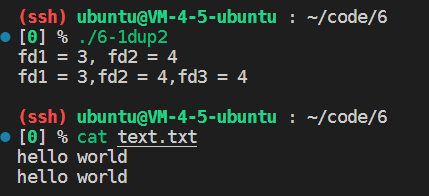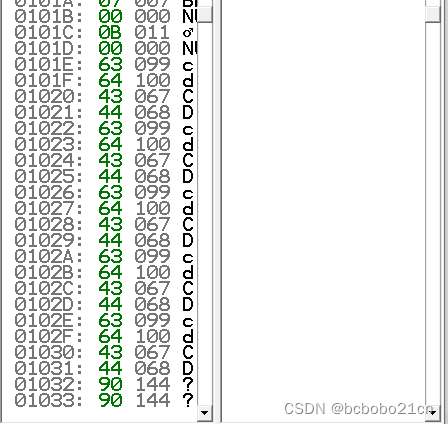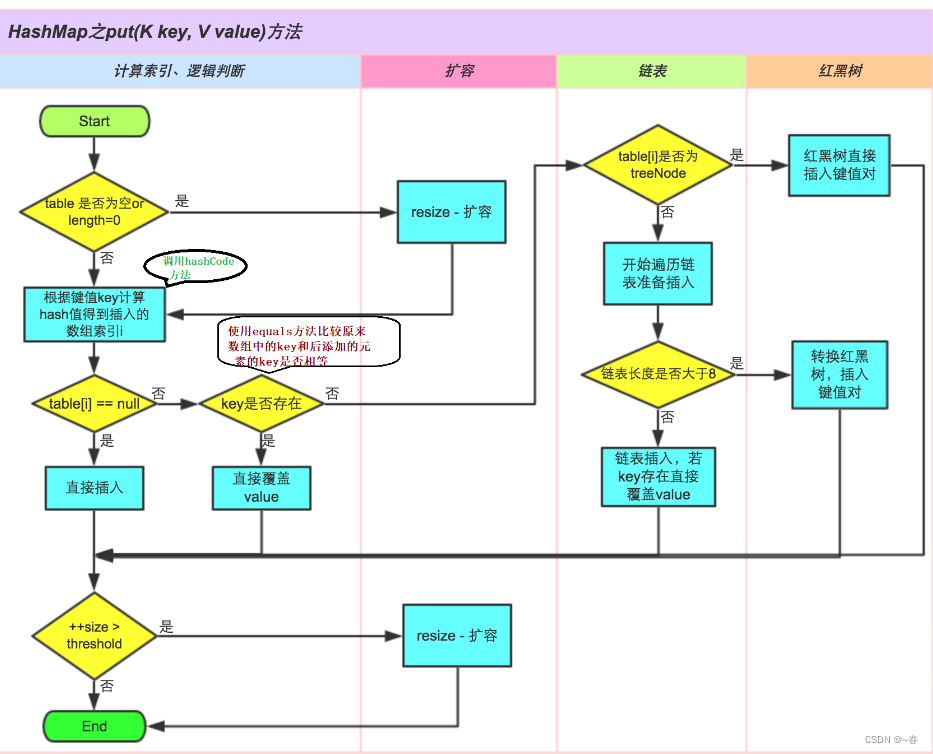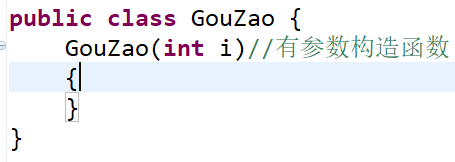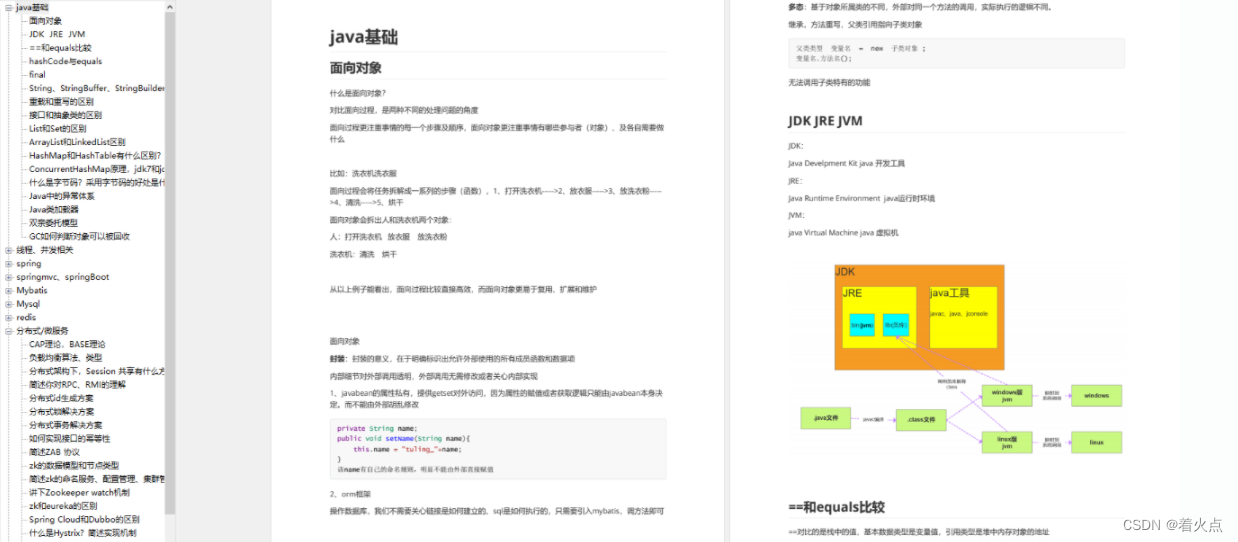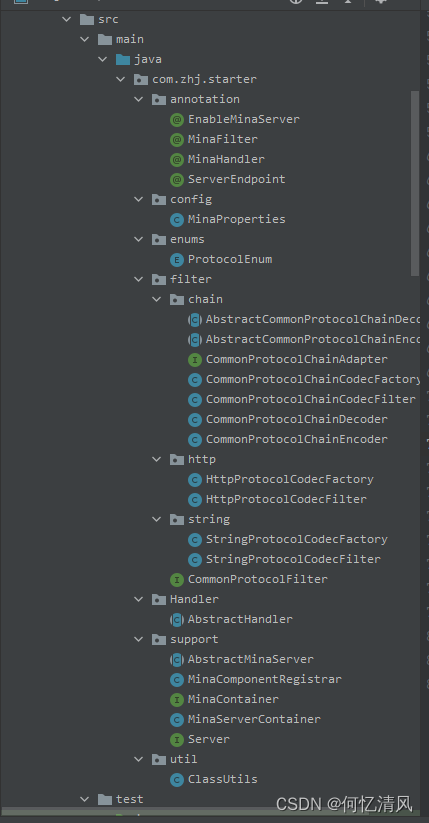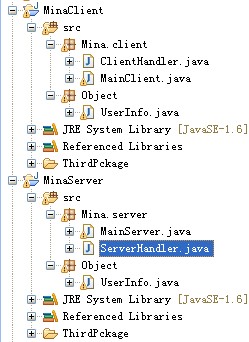dup和dup2函数
dup和dup2用于复制文件描述符,通常用于重定向。
#include <unistd.h>int dup(int oldfd);
int dup2(int oldfd, int newfd);
dup函数创建一个新的文件描述符,该新文件描述符和原有文件描述符oldfd指向相同的文件、管道或者网络连接。并且dup返回的文件描述符总是取系统当前可用的最小整数值。
dup2和dup类似,不过它将返回第一个不小于newfd的整数值的文件描述符,并且newfd这个文件描述符也将会指向oldfd指向的文件,原来的newfd指向的文件将会被关闭(除非newfd和oldfd相同)。
dup和dup2系统调用失败时返回-1并设置errno,成功就返回新的文件描述符。
注意:通过dup和dup2创建的文件描述符并不继承原文件描述符的属性,比如close-on-exec和non-blocking 等
dup简单,输入oldfd直接返回复制的文件描述符
#include <unistd.h>
#include <stdio.h>
#include <sys/stat.h>
#include <fcntl.h>
#include <assert.h>
int main(int argc, char const *argv[])
{int fd = open("text.txt", O_RDWR | O_CREAT, 0666);assert(fd != -1);printf("fd = %d\n", fd);int fd2 = dup(fd);printf("fd2 = %d\n", fd2);char str[] = "hello ";write(fd, str, sizeof(str));char str2[] = "world\n";write(fd2, str2, sizeof(str2));close(fd);close(fd2);return 0;
}

dup2感觉复杂一些,其实dup2忽略第二个参数,功能是和dup一样的,除此之外dup2加了一个将返回第一个不小于newfd的整数值的文件描述符的功能,并且newfd也将指向oldfd指向的文件。
下面的代码调用dup2,文件描述符fd2原来指向"text2.txt"文件的,调用dup2后,fd2改为指向"text.txt"。
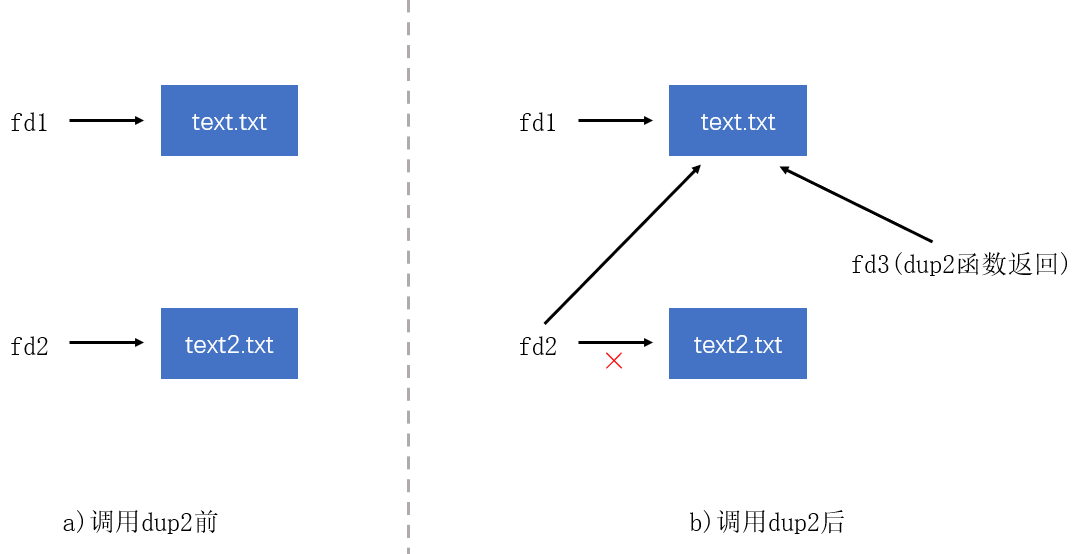
#include <unistd.h>
#include <stdio.h>
#include <sys/stat.h>
#include <fcntl.h>
#include <assert.h>
int main(int argc, char const *argv[])
{int fd1 = open("text.txt", O_RDWR | O_CREAT, 0666);int fd2 = open("text2.txt", O_RDWR | O_CREAT, 0666);assert(fd1 != -1);assert(fd2 != -1);printf("fd1 = %d, fd2 = %d\n", fd1, fd2);int fd3 = dup2(fd1, fd2);printf("fd1 = %d,fd2 = %d,fd3 = %d\n", fd1, fd2, fd3);char str[] = "hello ";write(fd1, str, sizeof(str));char str2[] = "world\n";write(fd2, str2, sizeof(str2));char str2[] = " hello world\n";write(fd3, str2, sizeof(str2));close(fd1);close(fd2);close(fd3);return 0;
}
